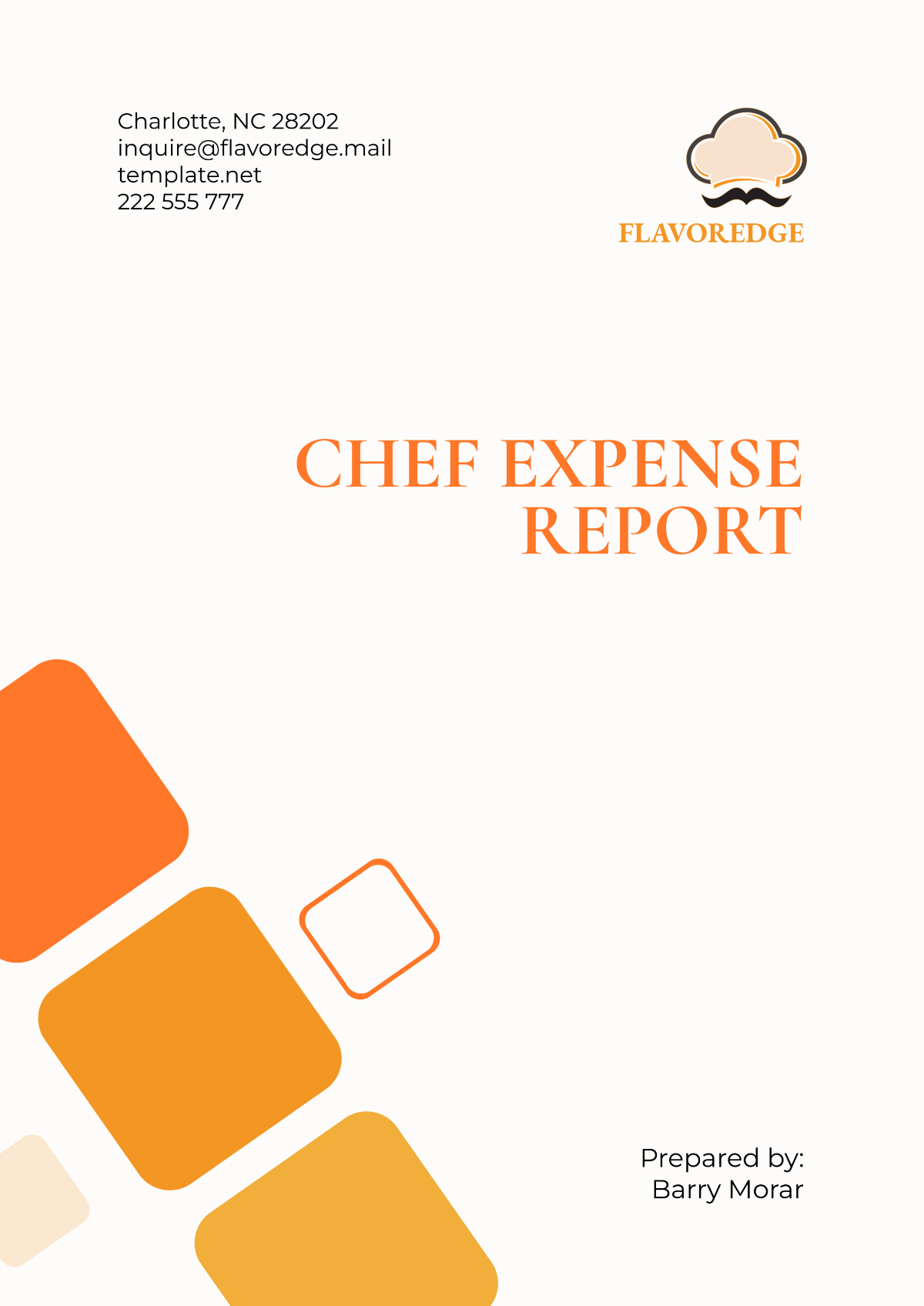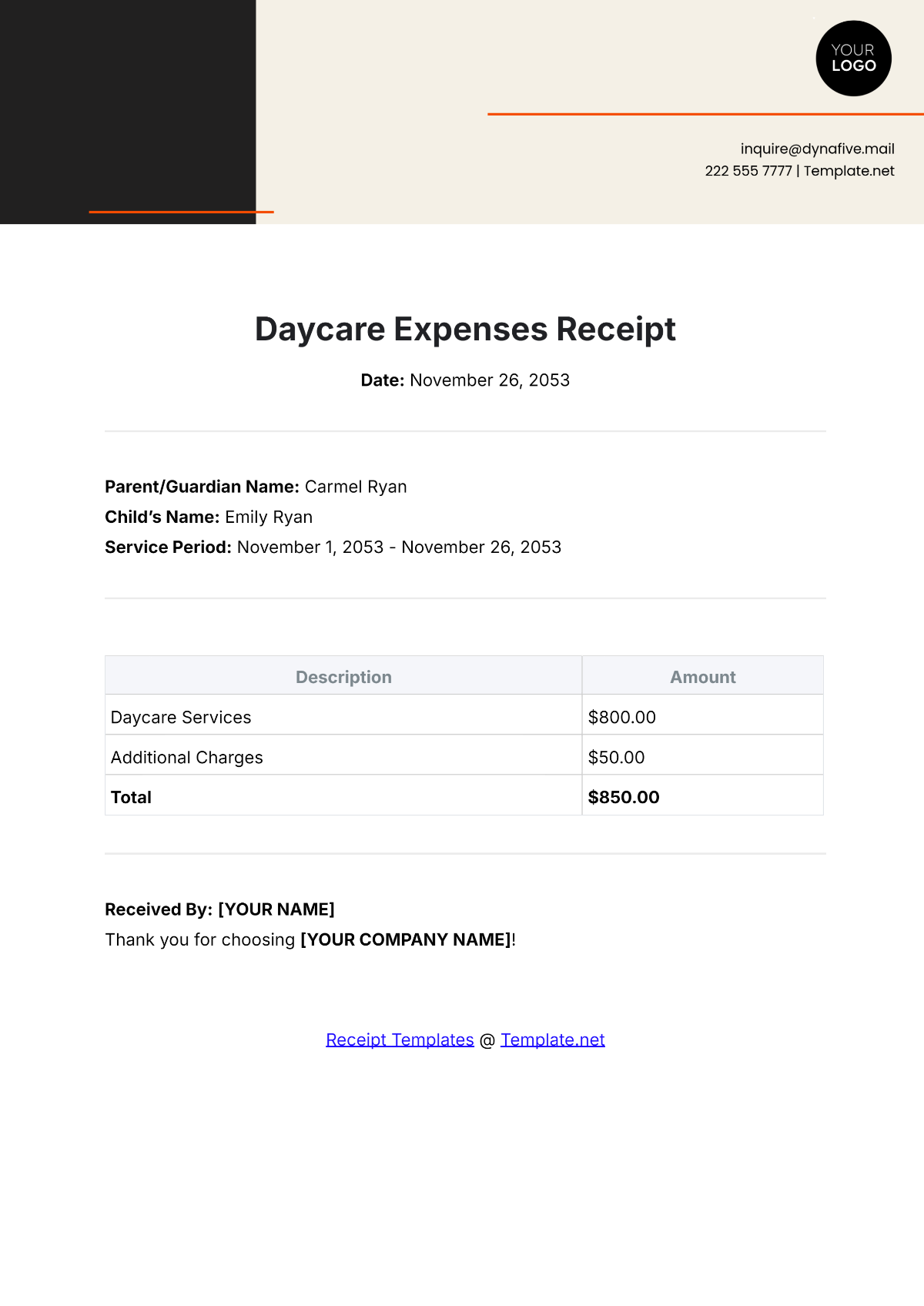Free Chef Expense Report
Track your kitchen expenses with the Chef Expense Report Template from Template.net. This editable and customizable tool allows you to accurately report and manage your culinary costs. Personalize it quickly using the AI Editor Tool. Download now to keep your expenses in check.



























